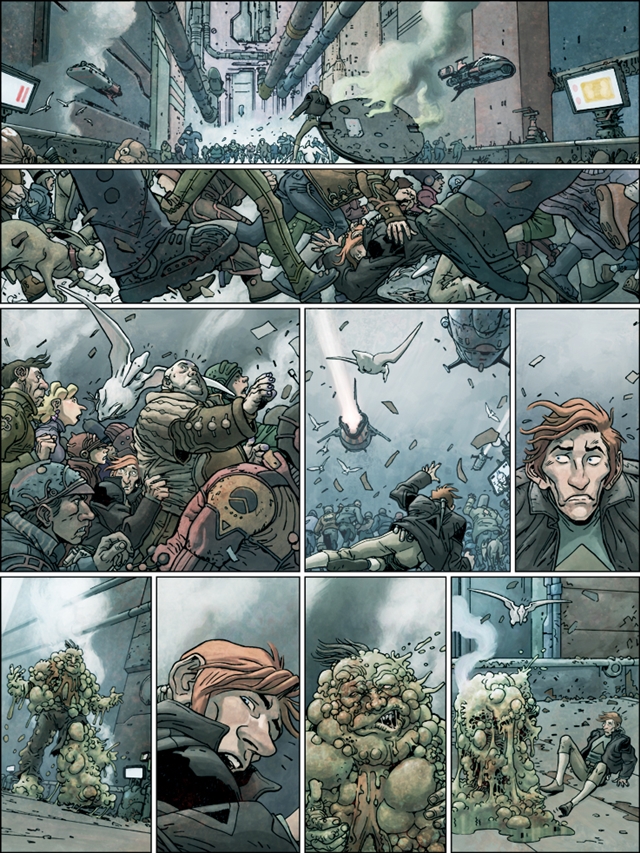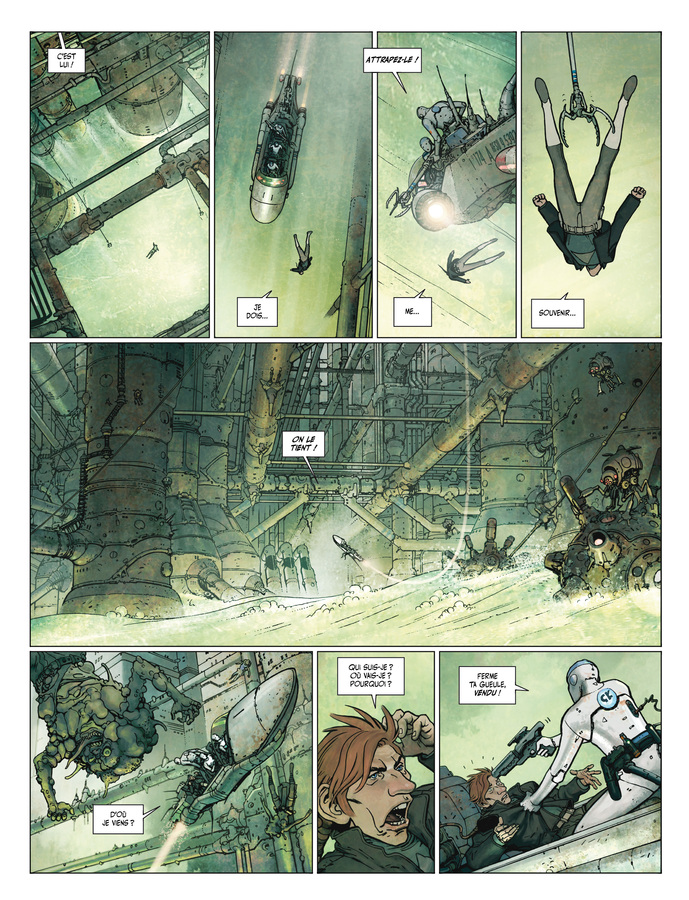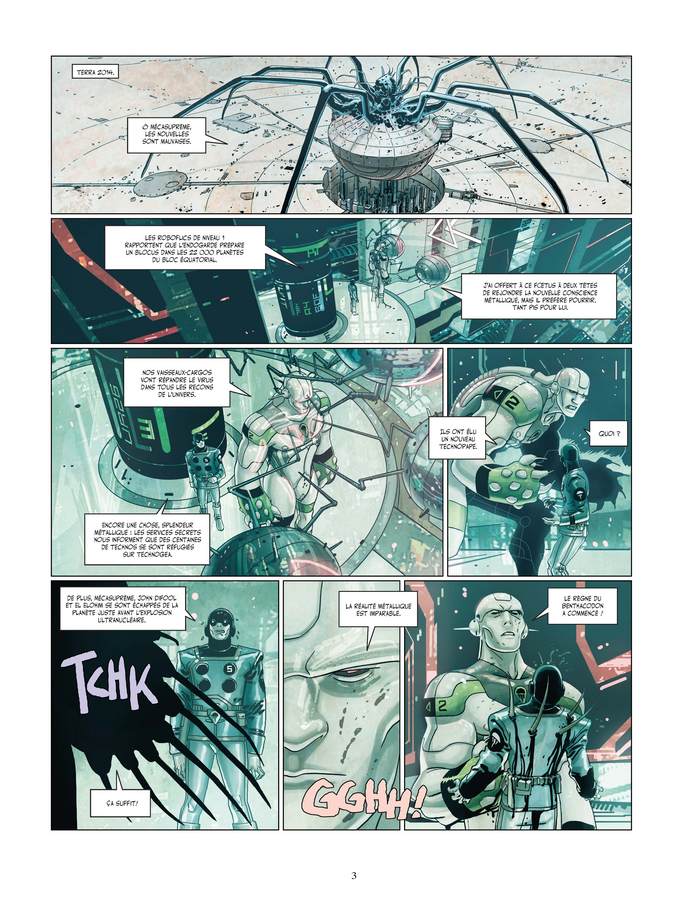
In the end, it’s speaking with God! In the end, he’s the biggest character possible. He doesn’t want that, but it happens like that. So I said, “I will take a character who is down, down” - he’s a miserable guy, all the defects of the ego, all this kind of thing - and, step by step, he grows and he grows.

Hamlet, all the time is doubting! ( Laughs.) He says, “I am good, I am bad,” and he dies like that. In many of the theater plays and the novels, the character doesn’t change a great deal.

It’s a story about someone realizing their place in a grander scheme. It is again, a story about enlightenment. One of the things that is interesting about where The Incal falls in your career though is that it picks up themes from El Topo, from The Holy Mountain. I didn’t make the picture, but much of that work, not in the book, that led to The Incal. For my adaptation, I had invent a lot of visualizations - this is the jewel of Jodorowsky. The first 100 pages, you don’t understand it very well - it’s complicated, very complicated. Later, when I did make Dune - Dune, for me, was the adaptation of a book which is not so visual. I dreamt something like two pyramids, white and black together inside. In the beginning, The Incal came out of a dream.

The Incal, as I understand it, came about in part from your Dune project which is where you first worked with Moebius. I thought, “One day I will have The Incal in only one volume, like a real novel.” The years pass, and now people start to understand The Incal is one complete story. Then I can tell any story, not a continuation all the time. Then I decided I want to make a complete novel: I will make a start, an end, and all this - only six books. They were in bigger editions or printed on nice paper, but they were always a continued storyline: you have a hero like Superman, Spider-Man, and at that time, you were always continuing to make this stories.

When I made The Incal, here in France, bande dessinée - the comic - was regarded little more artistically than in United States. Do you remember starting to work on the project? The Hollywood Reporter spoke to the 91-year-old artist about his collaboration with Moebius, the themes to be found in the book - and elsewhere in his work - and the relationship between his comics work and his movies. A December To-Do List for Film Buffs in L.A.


 0 kommentar(er)
0 kommentar(er)
